Every seasoned mechanic has faced the dilemma of reaching for that iconic blue and yellow can of WD-40, only to pause with the question: “Will this damage the clear coat?” As a former Jeep engineer, I was hit with a vital lesson in caution during a project involving a stubborn bolt on a classic CJ. The stories I’d heard of potential paint damage made me question every move. It was a moment that underscored the intricate dance between effective solutions and potential risks in automotive care. Tackling common misconceptions surrounding WD-40 and its impact on clear coat is crucial for anyone who cares deeply about their vehicle’s appearance and longevity. Here, I’ll draw from my personal experiences and industry insights to navigate the truth behind the effects of WD-40, providing clarity on whether its use will lead to clear coat damage and how to best approach its application in automotive care.
Understanding Clear Coat
What is Clear Coat?
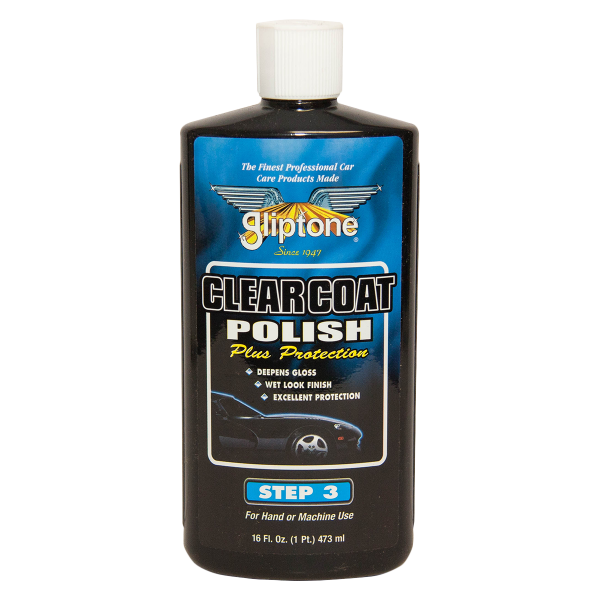
What if I told you that clear coat is more than just a glossy finish? As a former Jeep engineer, I’ve witnessed its pivotal role in preserving a vehicle’s aesthetic and structural integrity firsthand. From educating customers to repairing my friend’s faded Jeep, I have seen the effects when a vehicle lacks this vital layer.
Clear coat is essentially a transparent paint layer that _blankets_ the colored base coat beneath it. It acts as the critical barrier against environmental factors like UV rays, moisture, and harsh chemicals. Without it, your vehicle’s paint finish would be vulnerable to fading, chipping, and corrosion, leading to costly repairs. In essence, clear coat isn’t just about shine; it’s the guardian of your vehicle’s longevity.
This understanding of clear coat sets the foundation for discussions on how substances like WD-40 interact with this protective layer. It’s essential for maintaining your vehicle’s finish and assessing any potential risks associated with various products.
Importance of Clear Coat in Automotive Care
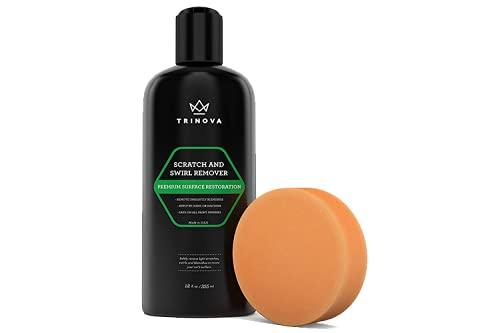
Having worked on countless vintage Jeeps, I’ve seen firsthand the vital role of clear coats in automotive care. Is clear coat maintenance really as critical as it sounds? Absolutely. The clear coat serves as your vehicle’s first line of defense, shielding the paint* from harmful UV rays, dirt, and debris. Without this layer of protection, car paint is vulnerable to fading, scratches, and corrosion, ultimately diminishing the vehicle’s appearance and value.
In my experiences, cars that received regular clear coat maintenance resisted weathering much better than those neglected. This difference is not only cosmetic but also functional, extending the longevity of the vehicle itself. Think of the clear coat as a sacrificial barrier; its designed to absorb environmental damage, so your beautiful paint job underneath won’t have to. Maintaining it is crucial for car paint protection, ensuring your vehicle stays immaculate through the years.
Understanding this significance allows us to make informed decisions about products like WD-40 in automotive cleaning. As we explore its composition, you’ll see why thoughtful use and understanding of alternatives can protect, rather than harm, your clear coat.
Examining WD-40
Composition of WD-40
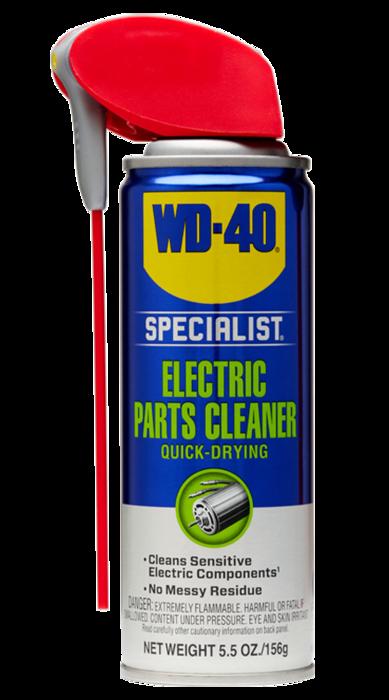
Did you know WD-40’s name stands for ‘Water Displacement, 40th Formula’? It’s a detail often overlooked but central to understanding why this product performs as it does. At its core, WD-40 is composed of various petroleum products, which gives it the unique properties that make it a go-to in many situations, including automotive care. The formula provides lubrication, penetrates stuck parts, and creates a moisture barrier. From personal experience, knowing what this means for components like clear coat is crucial. I recall a project with a Jeep enthusiast, where we explored how components react differently to substances such as petroleum. This crystallized my understanding: the composition matters hugely when considering potential interactions with automotive surfaces. WD-40’s ability to displace water contributes significantly to its effectiveness, but using it on a clear coat requires informed caution. As we delve into the common uses of WD-40, let’s consider its chemical interactions and potential impacts more deeply.
Common Uses of WD-40 in Automotive Care
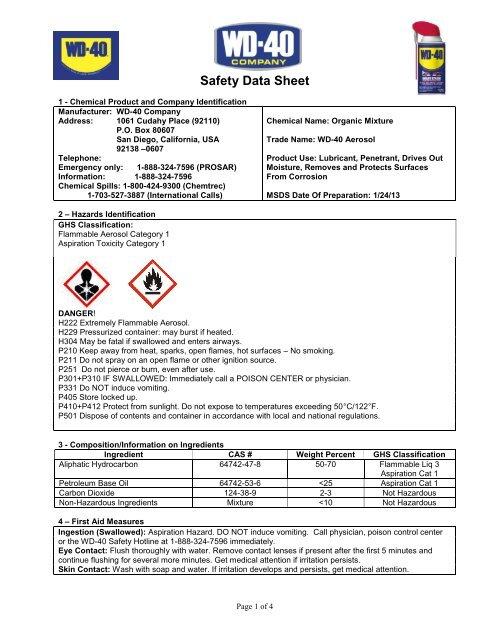
Is WD-40 the Swiss Army knife of automotive care, or a potential paint nightmare? That’s a question I’ve pondered countless times, especially when speaking about the many benefits and uses of this versatile product in the auto world. From lubricating stiff door hinges to loosening rusty bolts, WD-40 has become a staple in my toolkit. Its ability to displace moisture makes it invaluable for drying out engines and electrical components.
However, like many mechanics, I learned the hard way about the importance of the safe use of WD-40 around automotive paint. A mishap with fresh paint taught me to keep it well clear of painted surfaces to avoid potential damage. While its composition is generally safe for many applications, it’s essential to use it wisely, respecting its limitations.
Knowing when and where to apply WD-40 is crucial in maintaining a vehicle’s aesthetic and functional integrity, underlining its unique role in automotive care. Applying this knowledge ensures I harness its strengths without compromising a car’s finish—an insight hard-earned but invaluable in my day-to-day work.
Potential Risks of Using WD-40 on Clear Coat
Direct Effects on Clear Coat
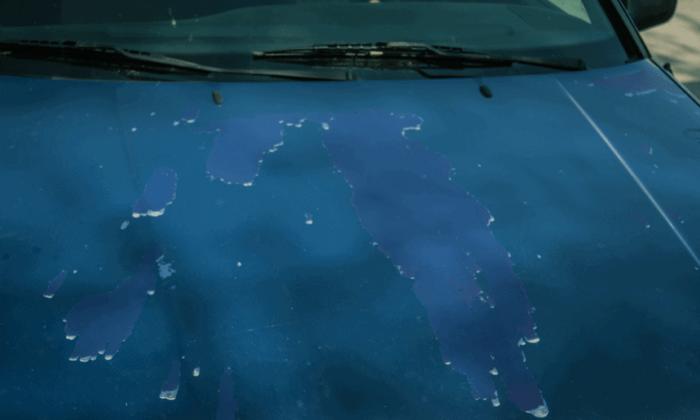
Could a simple can of WD-40 ruin your car’s pristine finish? I’ve seen it happen firsthand. In a workshop filled with classic autos, I encountered a clear coat disaster that stemmed from a careless spray of WD-40. This experience vividly illustrated the potential clear coat damage arising from its misuse. WD-40 isn’t just a lubricant; it comprises multiple ingredients, including solvents that can slowly degrade the clear coat’s integrity.
The key issue is the way these WD-40 effects on paint manifest. While it’s not as potent as harsh chemical strippers, prolonged or excessive exposure can lead to subtle fading or hazing of the clear coat over time. Many car owners don’t realize that the clear coat is a vital layer of defense, safeguarding the paint underneath.
Understanding these effects as I have over years of hands-on experience reinforces the importance of cautious application. When handled recklessly, WD-40 leads to unnecessary repairs, a lesson I’ve taken to heart while navigating the complexities of automotive care. As we delve deeper, it’s crucial to discuss how these immediate effects can spiral into long-term consequences if not addressed promptly.
Long-Term Impacts of Oil on Paint
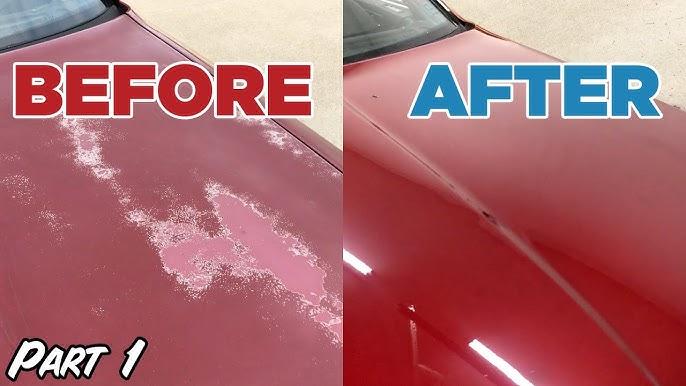
Are the consequences of oil on paint something you want to ignore? Having worked on countless vehicles, I’ve seen first-hand what oil residue, especially from products like WD-40, can do to a car’s clear coat over time. While WD-40 is a versatile product, often used to displace moisture and lubricate, its effect on clear coats is a lingering concern. Oil on paint may not show immediate damage, but its long-term impacts are profound.
Back in the shop, I restored a vehicle that had suffered years of neglect, and one of the major culprits was the careless use of products that leave oily residues. Over time, these oils break down the protective clear coat layer, leading to dull finishes and more extensive damage beneath. From the outset, it might seem insignificant, but this chemical degradation can lead to clear coat damage that is both costly and time-consuming to repair.
This experience drives home the importance of understanding how oil-based products interact with your car’s paintwork. Each time you reach for that can of WD-40, remember that while it solves one problem, it might silently be creating another. In the following section, I’ll guide you through using WD-40 safely, ensuring the longevity and shine of your vehicle’s finish.
How to Use WD-40 Safely
Best Practices for Application
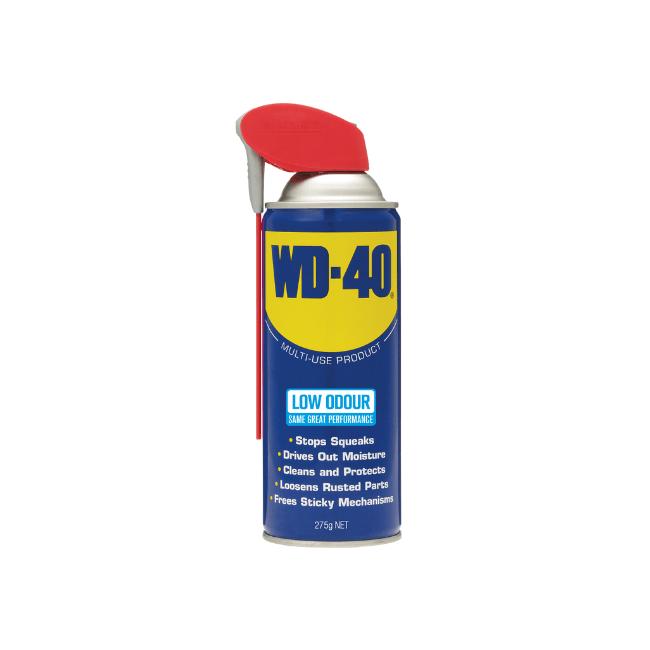
How can we employ WD-40 without compromising a vehicle’s finish? As a mechanic with years of experience, I’ve often tackled this crucial question to ensure the safe use of WD-40 in automotive cleaning. When handling a cherished vehicle, it’s vital to avoid any potential damage to the clear coat, protecting it rigorously as our precious vehicles demand.
From my experiences, I’ve developed a checklist for WD-40 usage that places a strong emphasis on testing on a less visible area first. Not long ago, I had a client deeply concerned about their Jeep’s clear coat. Guiding them through this testing process not only reduced their anxiety but also helped them avoid potential pitfalls. The nuanced selection of areas to test ensures that any adverse reactions are limited to spots that remain out of sight.
While WD-40 proves effective in many scenarios, especially in loosening grime or displacing moisture, its application must be deliberate. Pay close attention to the amount being used and ensure it’s wiped off promptly. This approach guards the clear coat while keeping your vehicle pristine. By respecting these practices, we foster a balance between utility and protection, safeguarding our automobiles effectively.
Alternatives to WD-40 for Car Paint
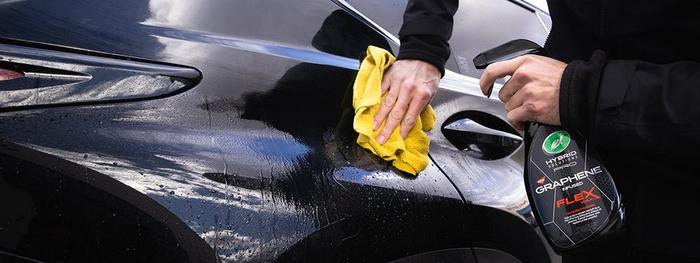
Are there safer alternatives to WD-40 that protect your car while providing results? This question often surfaces in discussions about automotive care, especially when concerns about paint damage arise. Over time, I’ve explored numerous options to discover solutions that both preserve and enhance a car’s finish. For instance, I’ve found that silicone-based lubricants offer similar benefits to WD-40 but with a reduced risk of harming the clear coat. These alternatives are particularly useful for enthusiasts who prioritize maintaining the integrity of their vehicle’s appearance.
Silicone-based products, unlike traditional oil-based ones, tend to be gentler on the surface, allowing for safe application during car detailing without the worry of prolonged exposure effects. My experience has consistently shown that these products maintain their efficacy in lubricating and protecting, while showing greater restraint in affecting the paint layer underneath. By sharing such discoveries with fellow car lovers, I believe we can collectively navigate the best detailing practices with confidence.
Conclusion
So, is it safe to use WD-40 on your car’s clear coat, or is it best left on the shelf? After delving into my experiences and reflecting deeply, I’ve concluded that while WD-40 offers a handy solution for some automotive dilemmas, it also presents risks that shouldn’t be ignored. Clear coat damage is a tangible concern, and I’ve seen firsthand what can happen when it isn’t given the respect it deserves. Facing an expensive clear coat repair with a dear friend served as a stark reminder of these vulnerabilities. With the right tools and knowledge, WD-40 can be utilized safely, but it’s crucial to be conscious of its potential impacts. By prioritizing automotive care with informed decisions, such as using dedicated clear coat-safe products, we can both preserve our vehicles’ aesthetics and avoid unnecessary headaches. Ultimately, a well-maintained car speaks volumes and safeguards our investments.